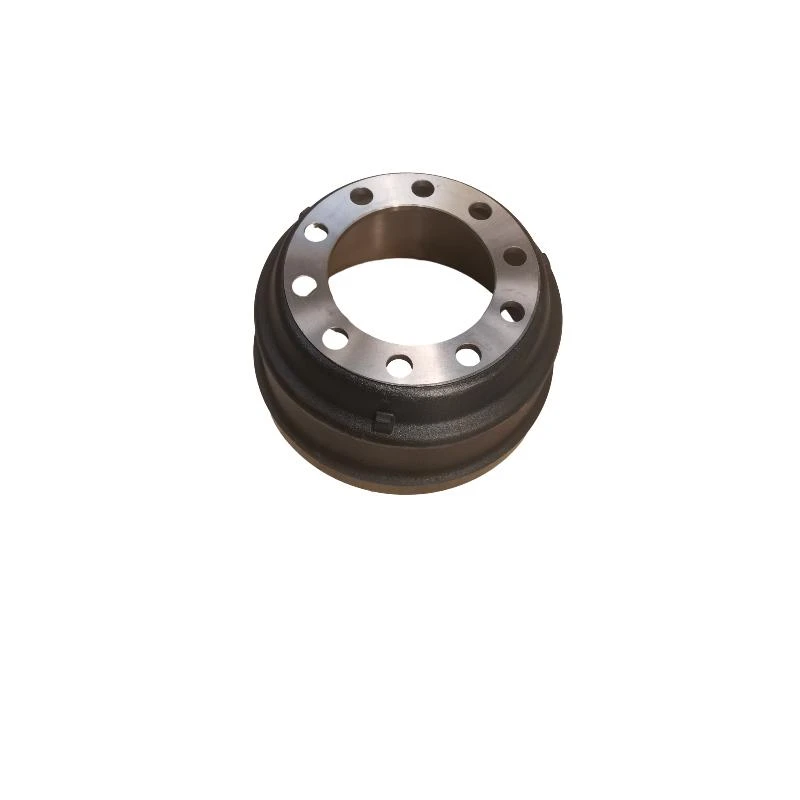Nov . 12, 2024 14:32 Back to list
how to change brake drums to discs
How to Change Brake Drums to Discs
The braking system of any vehicle is crucial for ensuring safety and optimal performance. While many vehicles come equipped with drum brakes, disc brakes are known for their superior stopping power and better heat dissipation. If you're considering upgrading your vehicle from drum brakes to disc brakes, this guide will provide you with the necessary steps and considerations to make the change effectively.
Understanding the Components
Before diving into the process, it’s important to understand the components involved in both drum and disc brake systems. Drum brakes consist of brake drums, shoes, and wheel cylinders, while disc brakes include rotors, calipers, and pads. Disc brakes generally provide better performance under heavy load and are less prone to brake fade caused by heat.
Tools and Materials Needed
To successfully change your brake drums to discs, you'll need a few essential tools and materials
- Socket set and wrenches - Jack and jack stands - Brake cleaner - New disc brake conversion kit (rotors, calipers, pads, brackets) - Torque wrench - Rubber mallet - Safety goggles and gloves
Ensure that you have everything on hand before starting the project, as this will make the process smoother.
Step-by-Step Process
1. Safety First Always prioritize safety. Begin by ensuring that the vehicle is on a flat surface. Use the jack to lift the vehicle and secure it with jack stands. Wear safety goggles and gloves.
2. Remove the Wheels Use your socket set to remove the lug nuts and take off the wheels. This will expose the brake components.
3. Remove the Brake Drum Locate the retaining springs and any bolts holding the drum in place. Carefully remove the brake drum—if it’s stuck, gently tap it with a rubber mallet to dislodge it.
how to change brake drums to discs

4. Disconnect the Drum Brake Components Detach the brake shoes and any associated hardware. Take note of how everything is assembled; this will help if you need to install the new components.
5. Install the Disc Brake Bracket Follow the instructions that come with your conversion kit to attach the bracket for the disc brake caliper securely. Ensure that all bolts are tightened to the manufacturer's specifications.
6. Attach the Rotor Slide the new rotor onto the hub. Ensure it fits snugly against the hub and that any set screws or retaining bolts are tightened.
7. Install the Caliper and Brake Pads Mount the brake caliper onto the bracket you installed earlier, following the kit’s instructions. Place the brake pads into the caliper, ensuring they are aligned correctly.
8. Connect the Brake Lines If your conversion kit includes new brake lines, connect them following the instructions. Ensure there are no leaks by checking the connections.
9. Repeat on Other Wheels If you are converting all wheels, repeat the above steps for the other side. Ensure that the installation is consistent on all sides.
10. Bleed the Brakes Once everything is installed, bleed the brake lines to remove any air. Start with the brake furthest from the master cylinder and work your way forward.
11. Reinstall Wheels After bleeding the brakes, reattach the wheels and torque the lug nuts to the manufacturer's specifications.
12. Test Drive Before returning to normal driving conditions, take the vehicle for a slow test drive in a safe area. Check for any unusual sounds and ensure the brakes are functioning properly.
Conclusion
Converting your brake system from drums to discs can enhance the performance and safety of your vehicle. While it may require time and effort, the benefits of improved braking efficiency make it a worthy investment. If you're unsure about any steps, consult professional mechanics or refer to your vehicle's service manual. Remember, safety should always come first, both during the installation process and when driving.
-
Your Brake Drum Man: Quality & Performance Parts
NewsAug.21,2025
-
Explore Japan: Ultimate Travel Guide & Authentic Experiences
NewsAug.19,2025
-
Your Brake Drum Man: Premium & Reliable Brake Drums for Sale
NewsAug.18,2025
-
ROR Web Development: Build Fast, Scalable, Secure Apps
NewsAug.17,2025
-
Scania Brake Drums: OEM Quality for Optimal Safety & Durability
NewsAug.16,2025
-
R.V.I: Advanced Remote Visual Inspection for Precision
NewsAug.15,2025
